Philipp Stamma - The Syrian Sorcerer
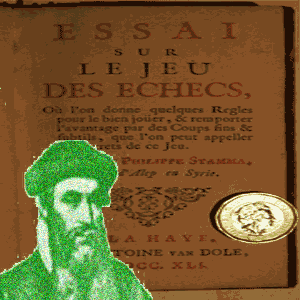
Philipp Stamma
He was the most successful and famous player to transition from the Arabic variant, Shatranj, to the European version of the game. Moving first to Italy, then on to France, and finally to England, he was recognized as the best player in Europe about a century after the days of Gioachino Greco.
This was achieved after adjusting to the rule changes, making it all the more extraordinary a feat. He gained a huge standing in the game through his literature as much as his exploits over the board. His seminal contribution, Essai sur le Jeu des Échecs, in 1737, established him as the foremost authority on chess theory.
Pilgrimage to Europe
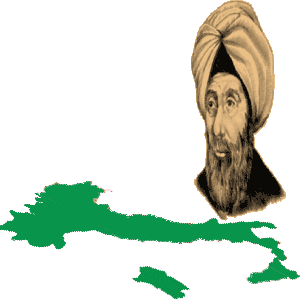
Philipp Stamma moved from Aleppo to Italy
It is very similar to Western chess, same board, same pieces, but does not feature the rule changes introduced in Europe to speed up the opening.
The pawns for example cannot move two squares on their first move, only one. There are other little differences and Stamma had to familiarize himself with these when he moved to Europe. But he did and soon he was building a reputation for himself in the western variant.
Italy, France and England
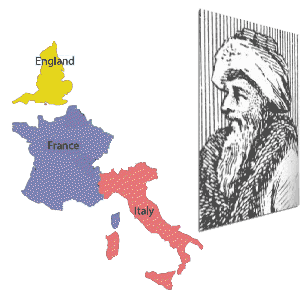
Philipp Stamma toured Italy, France and England
Later he moved to France and enjoyed similar success in the Café de la Régence in Paris. His gravitas expanded when he produced his most famous chess book, Essai sur le Jeu des Échecs (Essay on the Game Of Chess), in 1737.
He would publish later editions in English and Dutch. Now he was considered the premier authority on chess theory. Aspiring chess players, strong masters and celebrities with an affinity for chess all sought his literature.
In time he decided to move on again and he found himself in England. He took a job as an Arab translator. He held court in Slaughter's Coffee House in his spare time. Before long he was recognized as the strongest player in England.
Slaughter's Coffee House
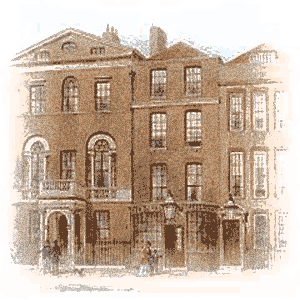
Philipp Stamma was a regular in Slaughter's Coffee House
Slaughter's Coffee House on St. Martin's Lane was London's answer to the Café de la Régence in Paris. The strongest players in England would gather here to play chess. Stamma was a regular here, playing against all comers.
He published an English version of Essai sur le Jeu des Échecs. The English version was called The Noble Game Of Chess (published in 1745). He dedicated it to Lord Harrington, the Secretary of State and a chess fan.
The Noble Game Of Chess
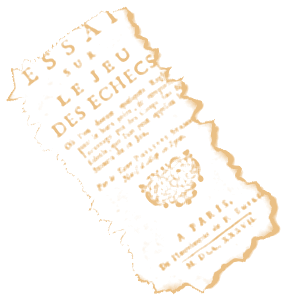
Philipp Stamma: Essai sur le Jeu des Échecs
The well known mating pattern of checkmating a King in front of his Rook pawn with just a King and Knight is one of many. This became known as Stamma's Mate.
Stamma went on to publish several more editions of his classic work. The second edition saw 74 more puzzles added to the 100. The English edition, The Noble Game Of Chess followed eight years after the original French edition. Further releases saw a Dutch version for Holland.
Stamma vs Philidor
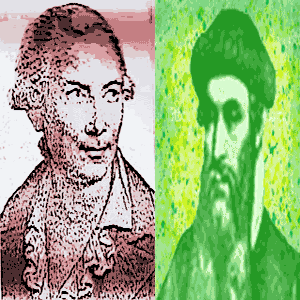
Philidor overcame Philipp Stamma
Stamma had for many years been considered the best but this challenger was turning heads with his new style of play. It was inevitable that the two would meet.
The officials arranged the match. It was decided that Philidor would play every game with the Black pieces. All draws would be scored as a win for Stamma. We can see from these facts alone that Philidor was favorite to win.
The winner would be the first player to win 8 games. No record of the match survives except for the result. Philidor won 8-1 with 1 drawn game. Stamma would be in Philidor's shadow from that moment on.
Legacy of Stamma
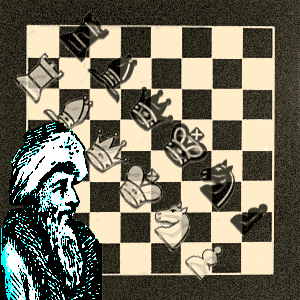
Philipp Stamma was the chess bridge between Europe and the Arab world
It was difficult to test the veracity of this claim as masters from the Middle East had not played in Europe, except for Stamma. One of the main differences was that the Europeans played alone with only their own counsel as they searched for the right move. The Arab masters would often play as two teams, each side consulting and debating before selecting a move.
Clearly Essai sur le Jeu des Échecs made Stamma the most respected master in Europe for several years. Later he was overtaken in this regard by Philidor after the Frenchman's resounding victory over him in London.
Moving On
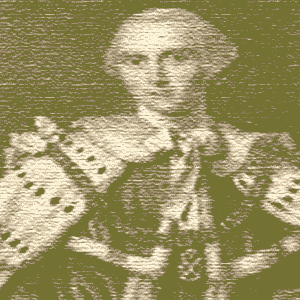
Legall De Kermeur
We might have been using algebraic notation much earlier had he the skills to overcome Philidor. After Philidor beat him, he became the premier chess theoretician. He used Descriptive notation in his books and articles and so that form of notation became popular.
There will be more on Philidor later but first we should discuss his mentor, himself a genius chess player. He was the first in a line of great French chess masters. He was Legall de Kermeur.







Would you prefer to share this page with others by linking to it?